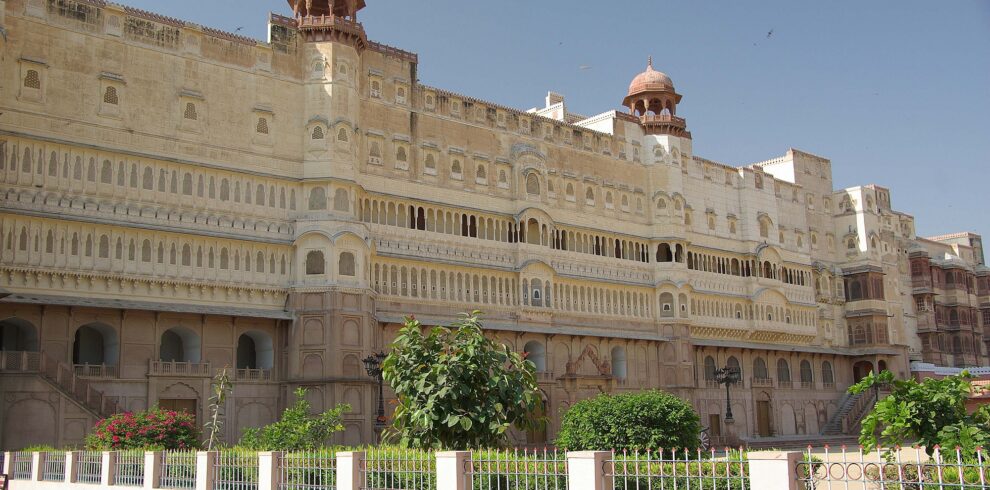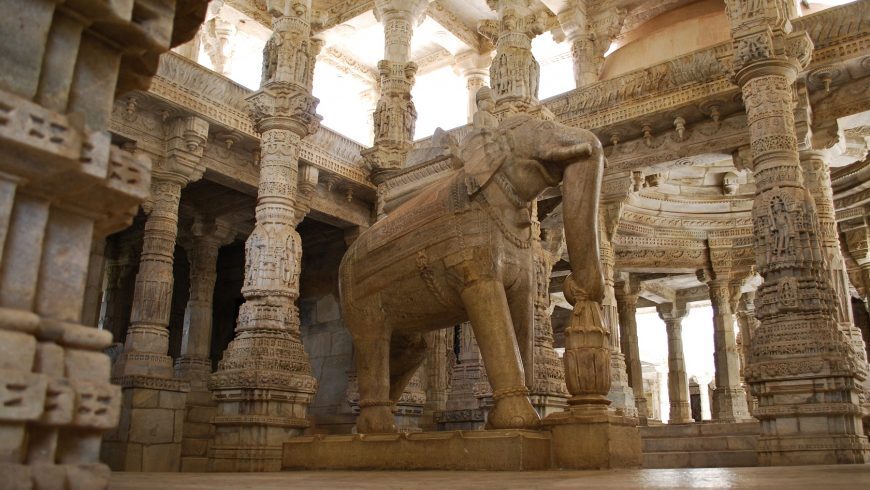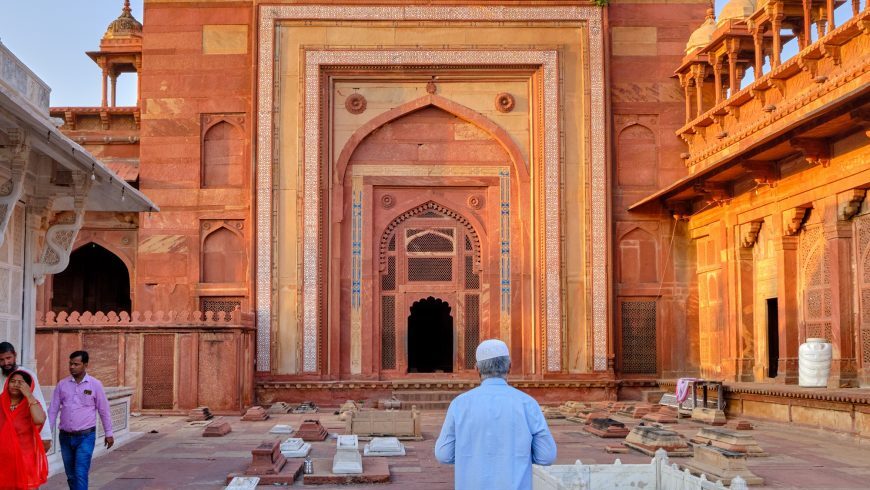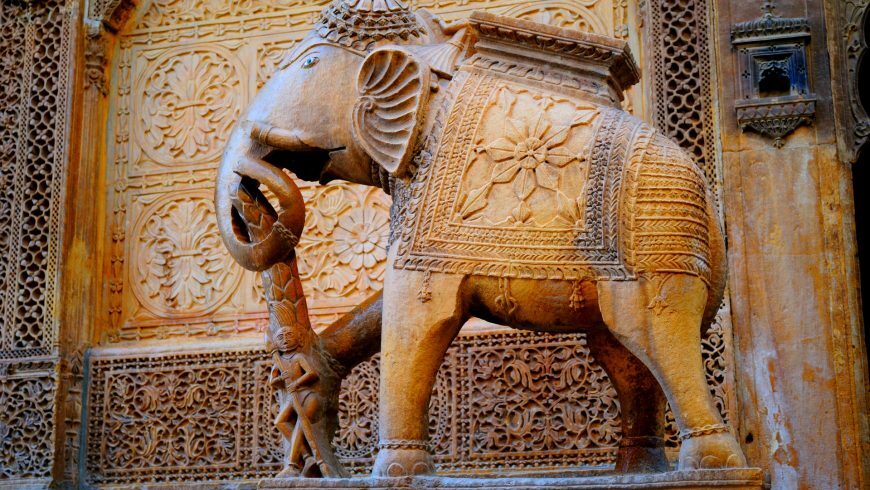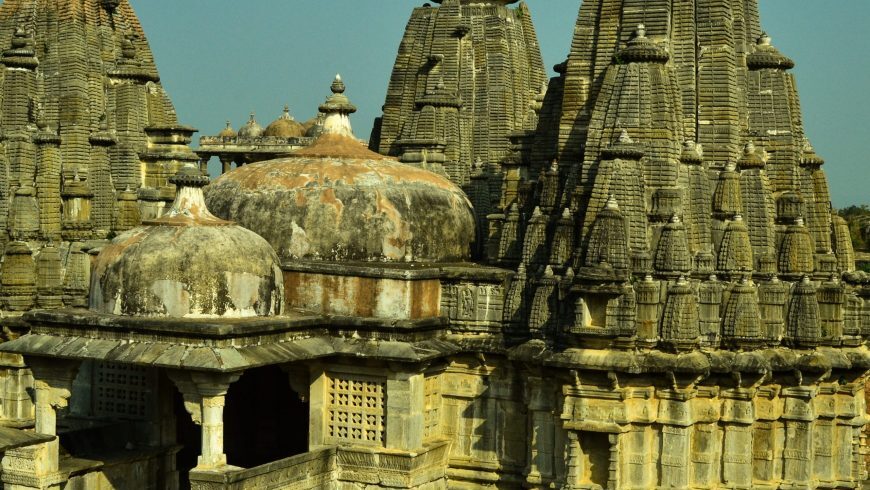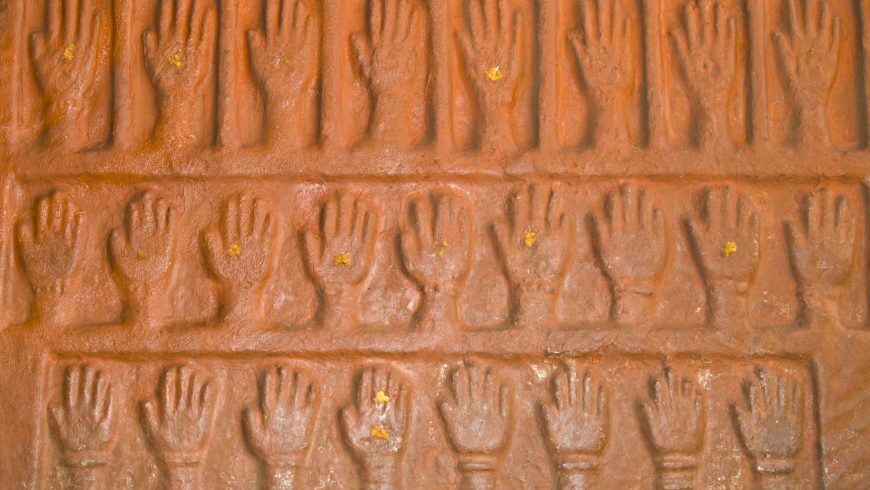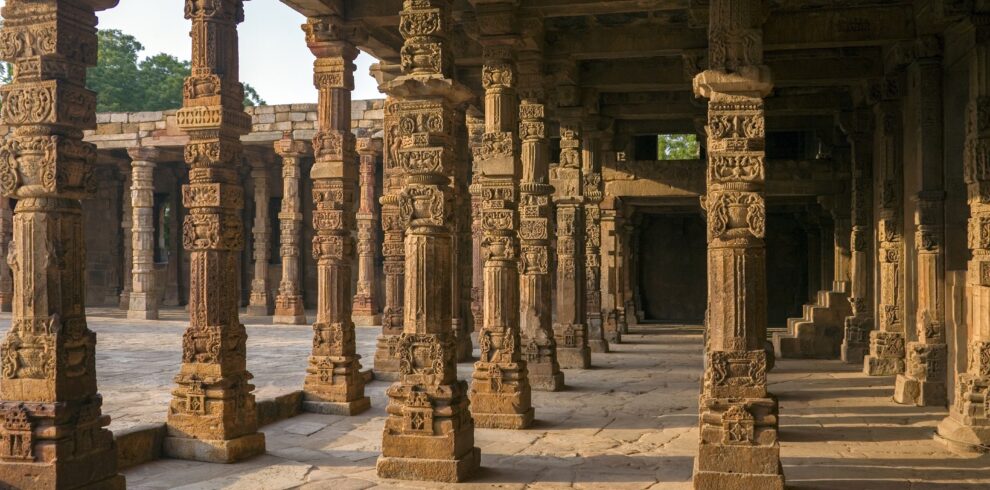Jodhpur
Jodhpur, often referred to as the “Blue City” due to the blue-painted houses that adorn its old town, is a mesmerizing destination in the Indian state of Rajasthan. Located in the heart of the Thar Desert, Jodhpur is renowned for its majestic forts, vibrant markets, and rich cultural heritage.
The iconic Mehrangarh Fort, one of the largest forts in India, dominates the skyline of Jodhpur. Perched atop a rocky hill, this imposing fort offers panoramic views of the city and the surrounding desert landscape. Inside the fort, visitors can explore its intricately decorated palaces, courtyards, and museums, which showcase the opulent lifestyle of the erstwhile rulers of Jodhpur.
The bustling streets of Jodhpur’s old town are a delight to explore, with their narrow lanes lined with blue-hued houses, bustling markets, and lively bazaars. The vibrant Ghanta Ghar (Clock Tower) market is a shopper’s paradise, offering everything from traditional textiles and handicrafts to spices and street food.
Jodhpur is also famous for its rich culinary heritage, with mouthwatering Rajasthani delicacies such as dal bati churma, mirchi vada, and mawa kachori being popular among locals and visitors alike.
The city is steeped in history and culture, with numerous festivals and events celebrated throughout the year, including the colorful Marwar Festival and the exhilarating Rajasthan International Folk Festival (RIFF), which showcases the vibrant folk music and dance traditions of the region.
Overall, Jodhpur offers a unique blend of history, culture, and architecture, making it a must-visit destination for travelers seeking an authentic Rajasthani experience amidst the timeless charm of the desert.
City Tour
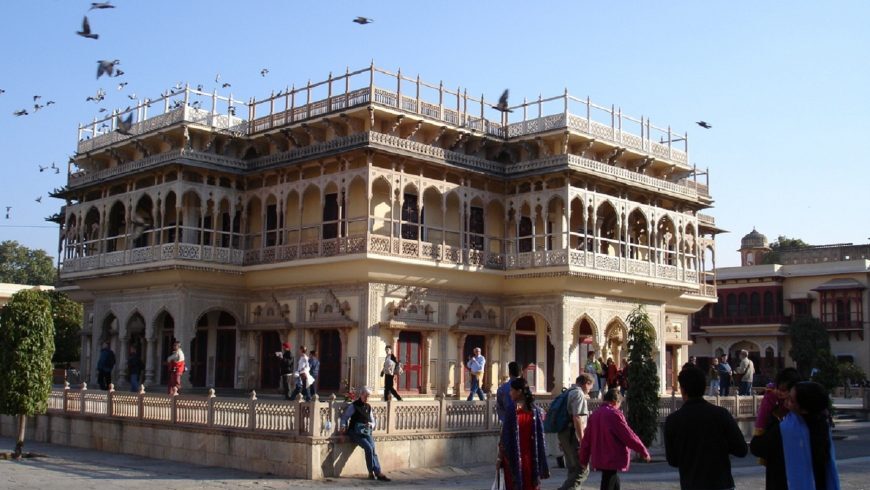
- Jan
- Feb
- Mar
- Apr
- May
- Jun
- Jul
- Aug
- Sep
- Oct
- Nov
- Dec
Cultural Tours
Tourism is travel for pleasure or business; also the theory and practice of touring, the business of attracting, accommodating, and entertaining tourists, and the business of operating tours. Tourism may be international, or within the traveller’s country. The World Tourism Organization defines tourism more generally, in terms which go “beyond the common perception of tourism as being limited to holiday activity only”, as people “traveling to and staying in places outside their usual environment for not more than one consecutive year for leisure, business and other purposes”.
Tourism can be domestic or international, and international tourism has both incoming and outgoing implications on a country’s balance of payments. Today, tourism is a major source of income for many countries, and affects the economy of both the source and host countries, in some cases being of vital importance.

- Jan
- Feb
- Mar
- Apr
- May
- Jun
- Jul
- Aug
- Sep
- Oct
- Nov
- Dec
Day Tour
Desert Safari Tour
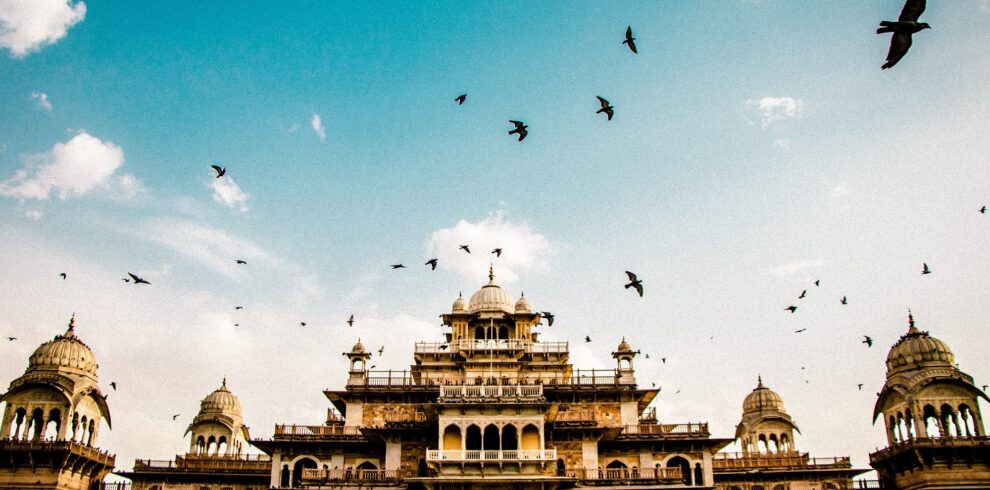
- Jan
- Feb
- Mar
- Apr
- May
- Jun
- Jul
- Aug
- Sep
- Oct
- Nov
- Dec
Jungle Safari
A is an overland journey, usually a trip by tourists to Africa. In the past, the trip was often a big-game hunt, but today, safari often refers to trips to observe and photograph wildlife—or hiking and sightseeing, as well.
The Swahili word safari means journey, originally from the Arabic meaning a journey; the verb for “to travel” in Swahili is kusafiri. These words are used for any type of journey, e.g. by bus from Nairobi to Mombasa or by ferry from Dar es Salaam to Unguja. Safari entered the English language at the end of the 1850s thanks to Richard Francis Burton, the famous explorer.
The Regimental March of the King’s African Rifles was ‘Funga Safari’, literally ‘tie up the March’, or, in other words, pack up equipment ready to march.
In 1836 William Cornwallis Harris led an expedition purely to observe and record wildlife and landscapes by the expedition’s members. Harris established the safari style of journey, starting with a not too strenuous rising at first light, an energetic day walking, an afternoon rest then concluding with a formal dinner and telling stories in the evening over drinks and tobacco.
Multi Day Tour

- Jan
- Feb
- Mar
- Apr
- May
- Jun
- Jul
- Aug
- Sep
- Oct
- Nov
- Dec
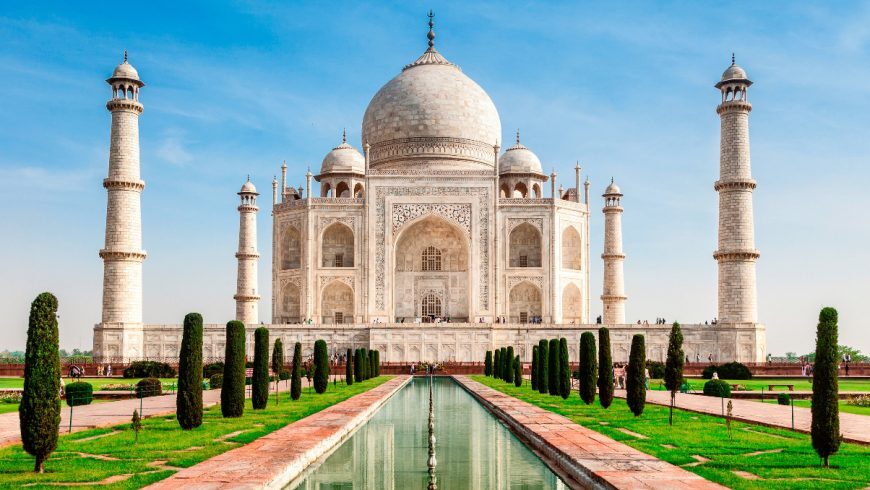
- Jan
- Feb
- Mar
- Apr
- May
- Jun
- Jul
- Aug
- Sep
- Oct
- Nov
- Dec

- Jan
- Feb
- Mar
- Apr
- May
- Jun
- Jul
- Aug
- Sep
- Oct
- Nov
- Dec
Road Cycling
Road cycling is the most widespread form of cycling. It includes recreational, racing, and utility cycling. Road cyclists are generally expected to obey the same rules and laws as other vehicle drivers or riders and may also be vehicular cyclists.
Dedicated road bicycles have drop handlebars and multiple gears, although there are single and fixed gear varieties. Road bikes also use narrow, high-pressure tires to decrease rolling resistance, and tend to be somewhat lighter than other types of bicycle. The drop handlebars are often positioned lower than the saddle in order to put the rider in a more aerodynamic position. In an effort to become more aerodynamic, some riders have begun using aerobars. Who and when aerobars where invented is unclear but they seem to date back to the early 1980s. The light weight and aerodynamics of a road bike allows this type of bicycle to be the second most efficient self-powered means of transportation, behind only recumbent bicycles due to the latter’s higher aerodynamic efficiency.

- Jan
- Feb
- Mar
- Apr
- May
- Jun
- Jul
- Aug
- Sep
- Oct
- Nov
- Dec
